Tag: textile
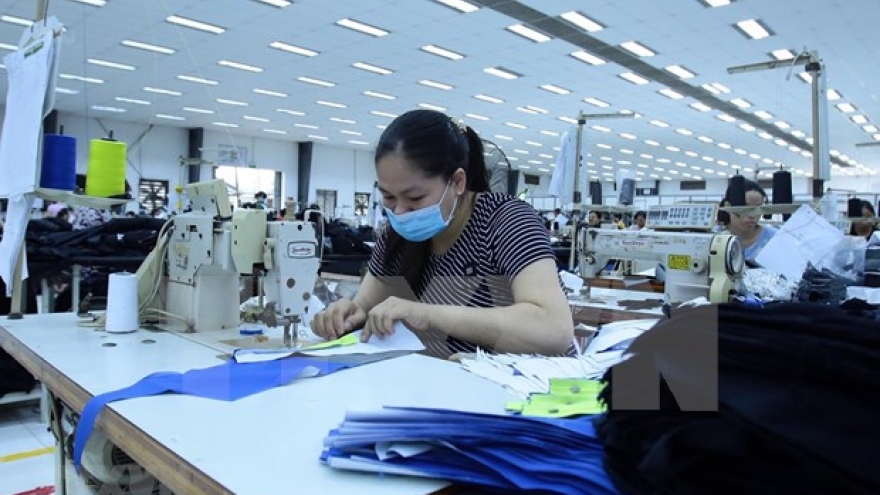
COVID-19 resurgence leaves textile-garment makers restless
Vietnam’s textile and garment exports grew 9% to over US$9.5 billion in the first four months of 2021, with shipments of cord fabric and fibre and yarn increasing 35.7% and 43.4%, respectively, year-on-year.
.jpg)
Local garment industry looking towards sustainable development
The Vietnam Textile and Apparel Association (VITAS) is committed to promoting the sector’s sustainable development with the aim of raising the living standards of its employees under the UN’s Sustainable Development Goals (SDGs).
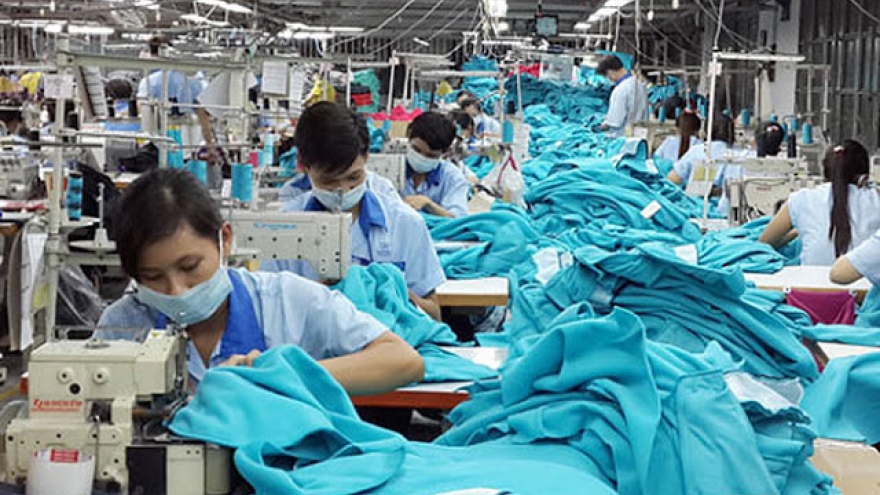
Textile & garment exports maintain growth momentum
VOV.VN - The domestic textile and apparel industry has maintained its growth momentum with four-month export turnover increasing by 13.33% to US$11.747 billion compared to the same period from last year, according to data released by the Vietnam Textile and Apparel Association (VITAS).
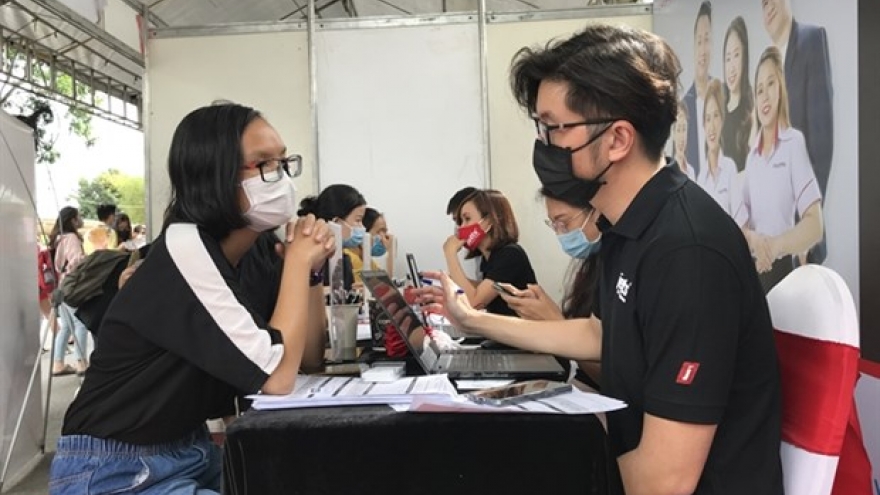
Recruitment demand soars in textile & garment, IT sectors
The effectiveness of free trade agreements, especially the EU– Vietnam Free Trade Agreement, has helped to increase export orders for textile and garment enterprises in Vietnam, leading to high recruitment demand in the first and second quarter, according to Navigos Group, a recruitment service provider in Vietnam.
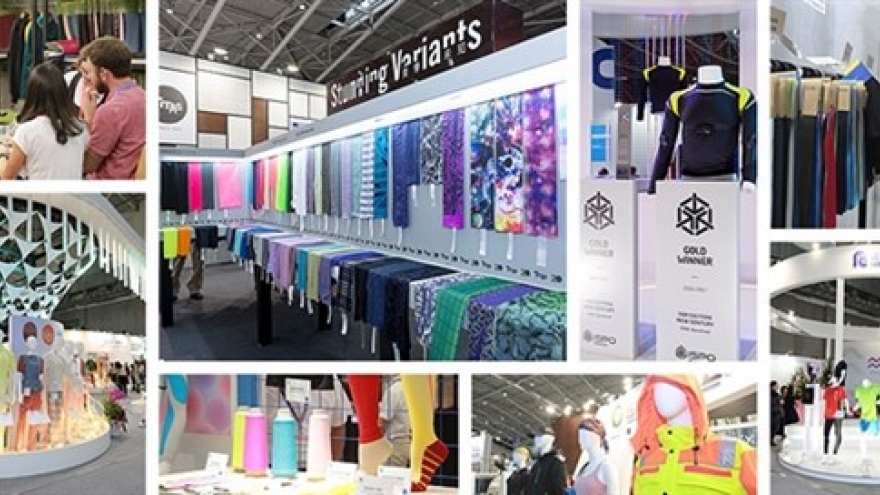
Vietnam-Taiwan textile exhibition to open in HCM City next week
Garment products from Vietnam and Taiwan (China) will be showcased at the Vietnam-Taiwan Textile and Garment Industry Exhibition held in HCM City from April 26-27.

Key export sectors the target of M&As by foreign investors
Several of Vietnam’s key export sectors, such as textile-garment, leather-footwear, and electronics have become magnets for merger and acquisition (M&As) activities, posing a risk of leading enterprises in those sectors being purchased by foreign investors.
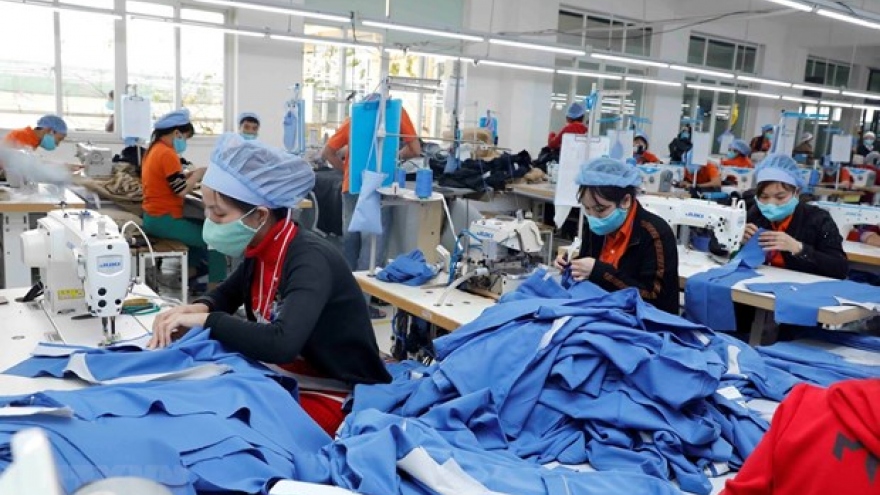
Garment export turnover target of US$39 billion reachable: Official
The target of Vietnam earning US$39 billion from garment and textile exports in 2021 is perfectly feasible, Vu Duc Giang, Chairman of the Vietnam Textile and Apparel Association (VITAS), has said.

Made-in-Vietnam textile products to be sold on Amazon
Vietnamese textile and garment firms will get opportunity to promote their brands on Amazon Global Selling.
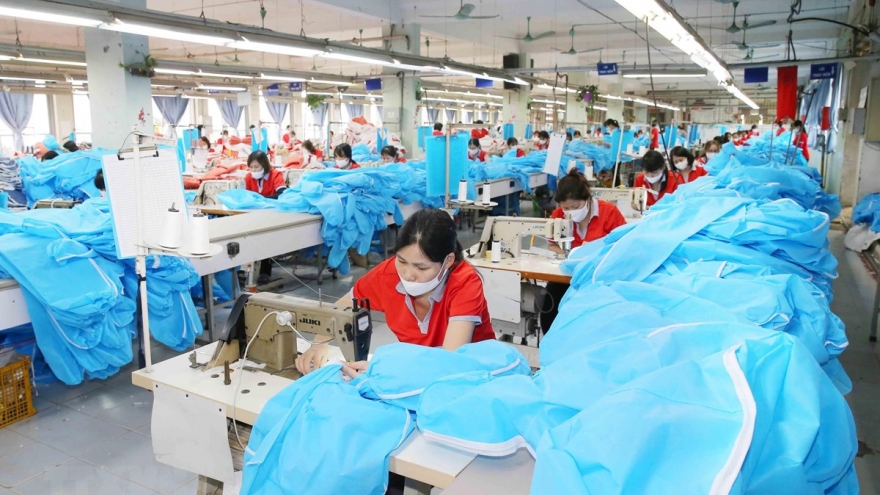
Forbes: Vietnamese textile industry remains stable amid COVID-19
VOV.VN - Business magazine Forbes of the United States recently published an article explaining why the Vietnamese textile industry has been able to combat the impact of the novel coronavirus (COVID-19) pandemic.
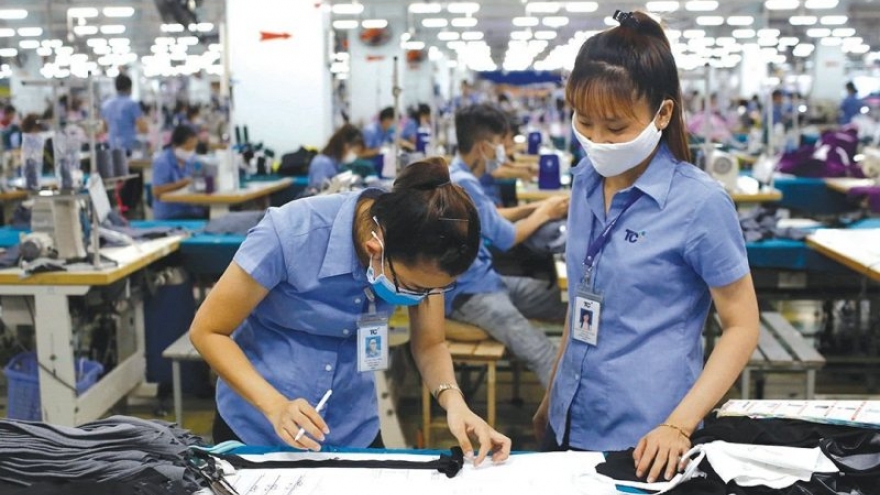
Garment sector set for full recovery in second half of next year
VOV.VN - The local textile and garment sector is anticipated to bounce back during the third quarter of 2022, according to Le Tien Truong, chairman of the Vietnam National Textile and Garment Group (Vinatex).
